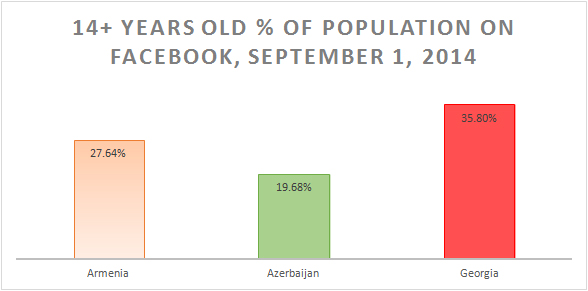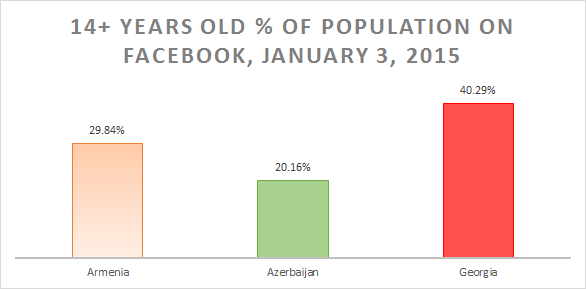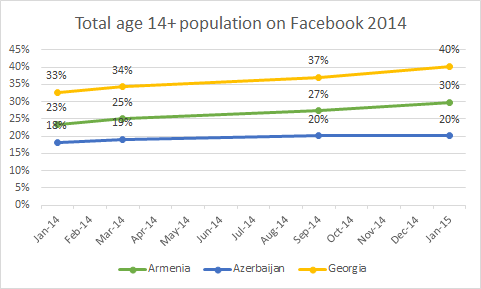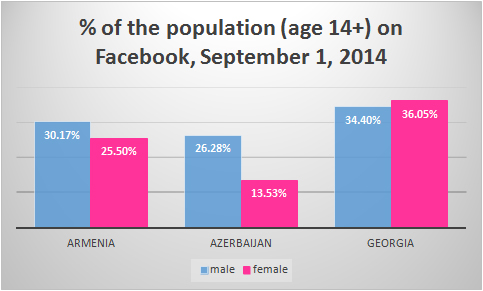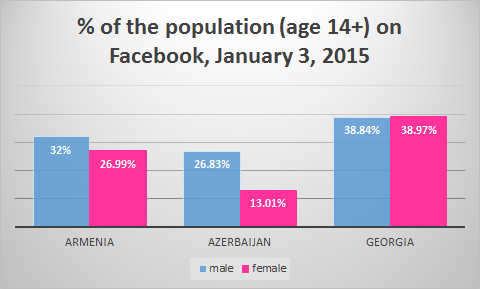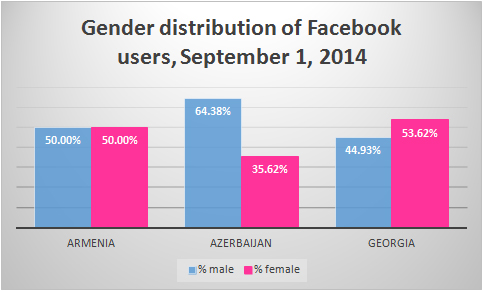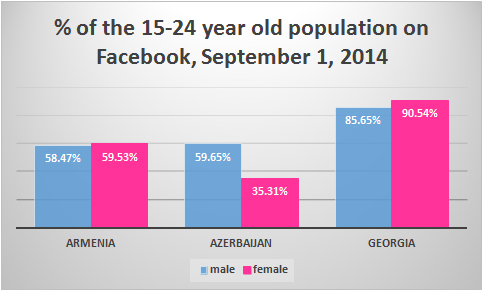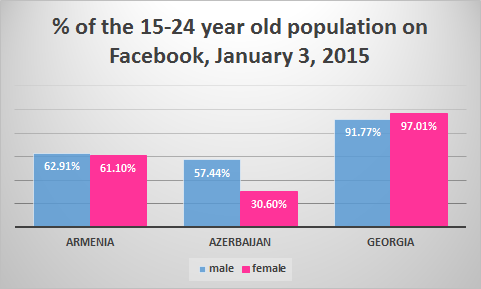IDPs and religiosity
ISIS/L is on everyone’s minds nowadays. Some people are concerned that IDPs in Azerbaijan are especially vulnerable to ISIS recruiting because of their marginalized position in society. (I did a blog post on attitudes toward IDPs in Azerbaijan in 2013.)
Some colleagues asked if there was any evidence that Azerbaijani IDPs are more likely to be Sunni or Shia and how religious they are. I took to the 2011 Caucasus Barometer (the most recent that asked about IDP status) and looked at IDPs versus non-IDPs and religion.
I should mention here that measuring religiosity is incredibly difficult and especially so in post-Soviet societies where there is a complicated historical blip, so to speak. With religion being suppressed during the Soviet period, certainly some religious actions were lost. As such, one needs to look at a variety of measures of religiosity. Robia Charles has some great work on this here and here.
Respondents were asked to name their religion.
This is for official IDP status. Note that most respondents named “Islam” not Sunni and Shia Islam as their religion. Also there are slightly more respondents saying Shia within the IDP population than the non-IDP population. 6% isn’t a huge different though. And, importantly, no IDPs (in this sample) said Sunni Islam. This isn’t surprising given that IDP regions are traditionally Shiite anyway.
I looked at other measures of religiosity including self-report, frequencies of fasting, attendance of religious services, importance of religion in life and differences between IDPs and non-IDPs, and then Sunni/Shia/Islam IDPs and non-IDPs were quite insignificant. There were small thinks like IDPs are less likely to fast, but hey, IDPs also might have greater hunger problems, right?
This is by no means a sample of the entire IDP population and I’m certain that there is great variance among IDPs. But this analysis shows that IDPs being more likely to be Sunni is erroneous at least.
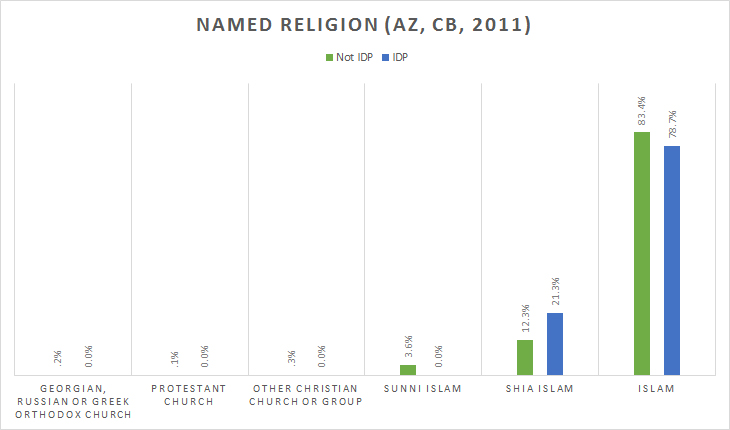

 (January)
(January)
